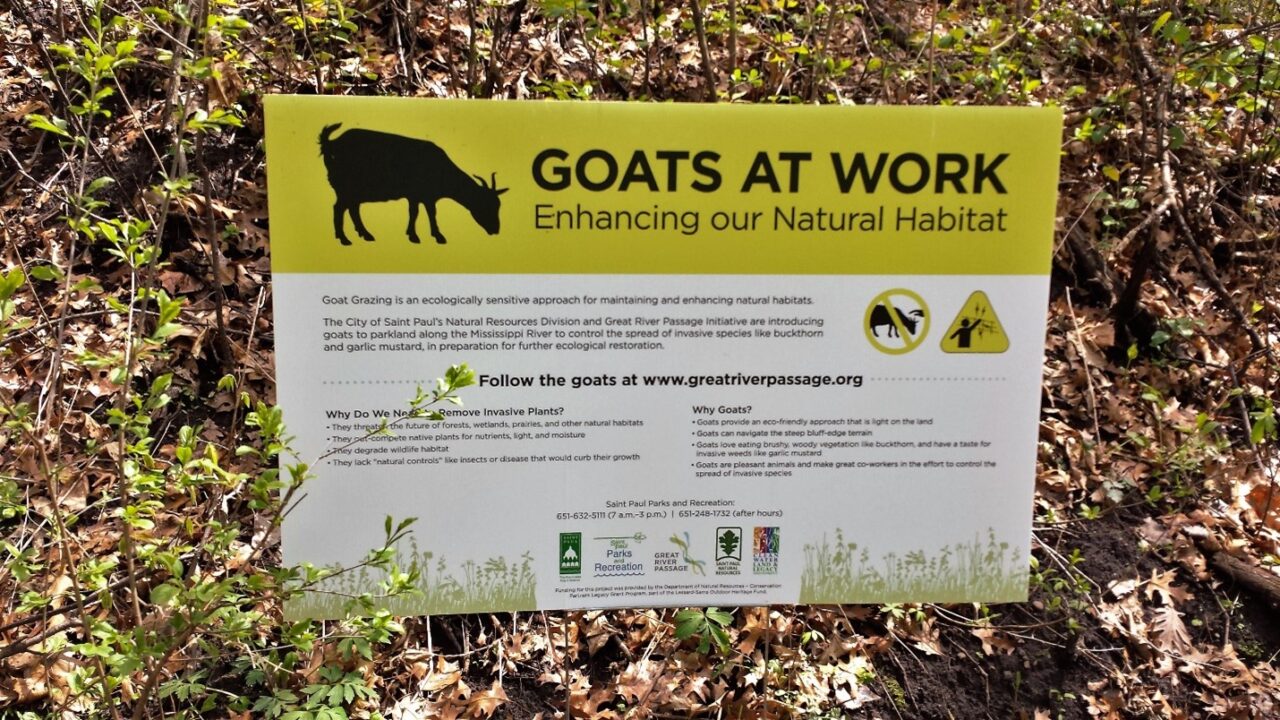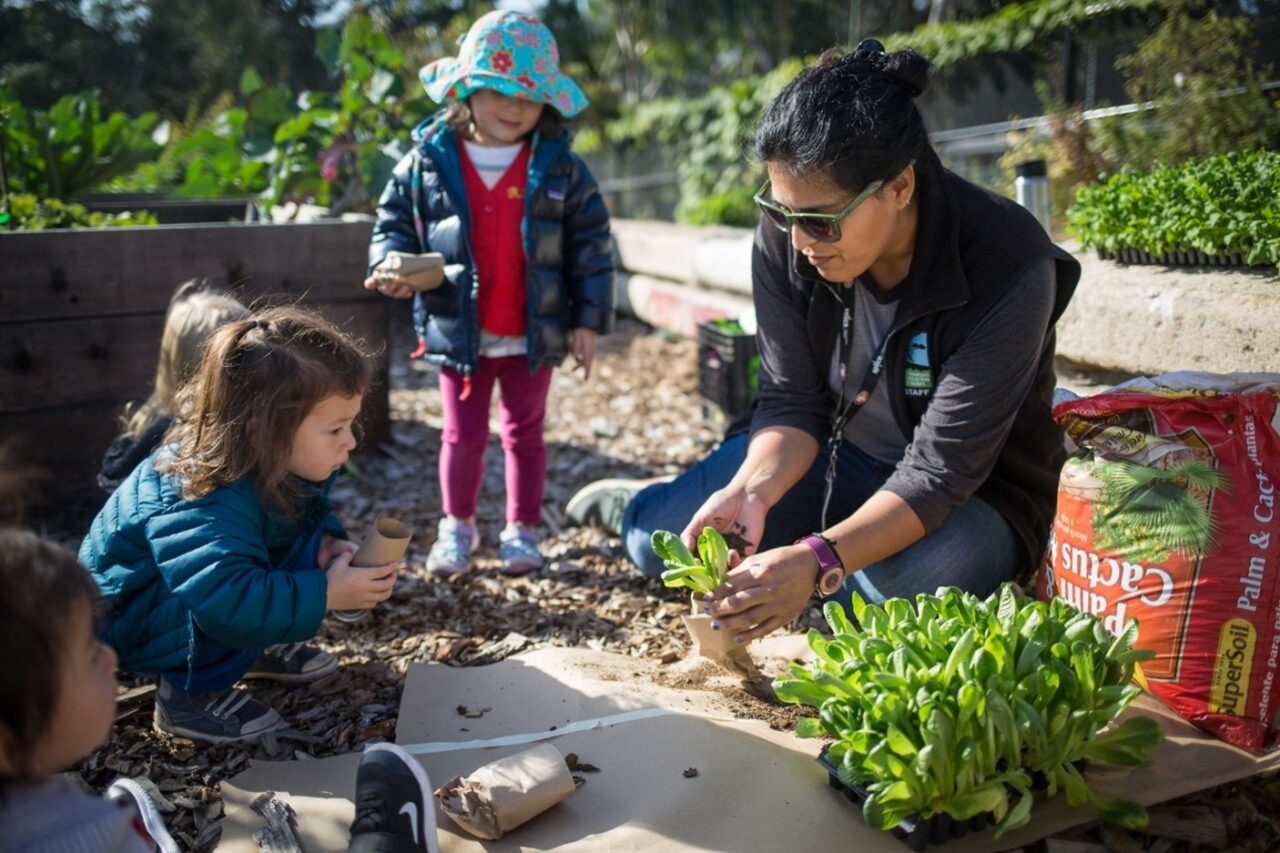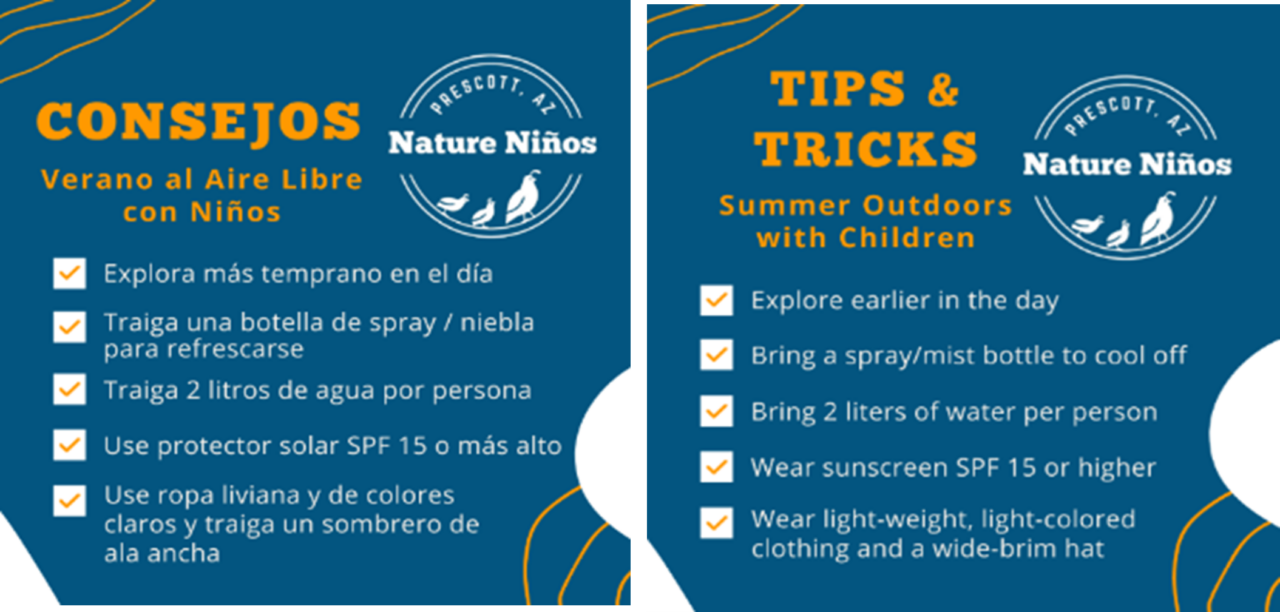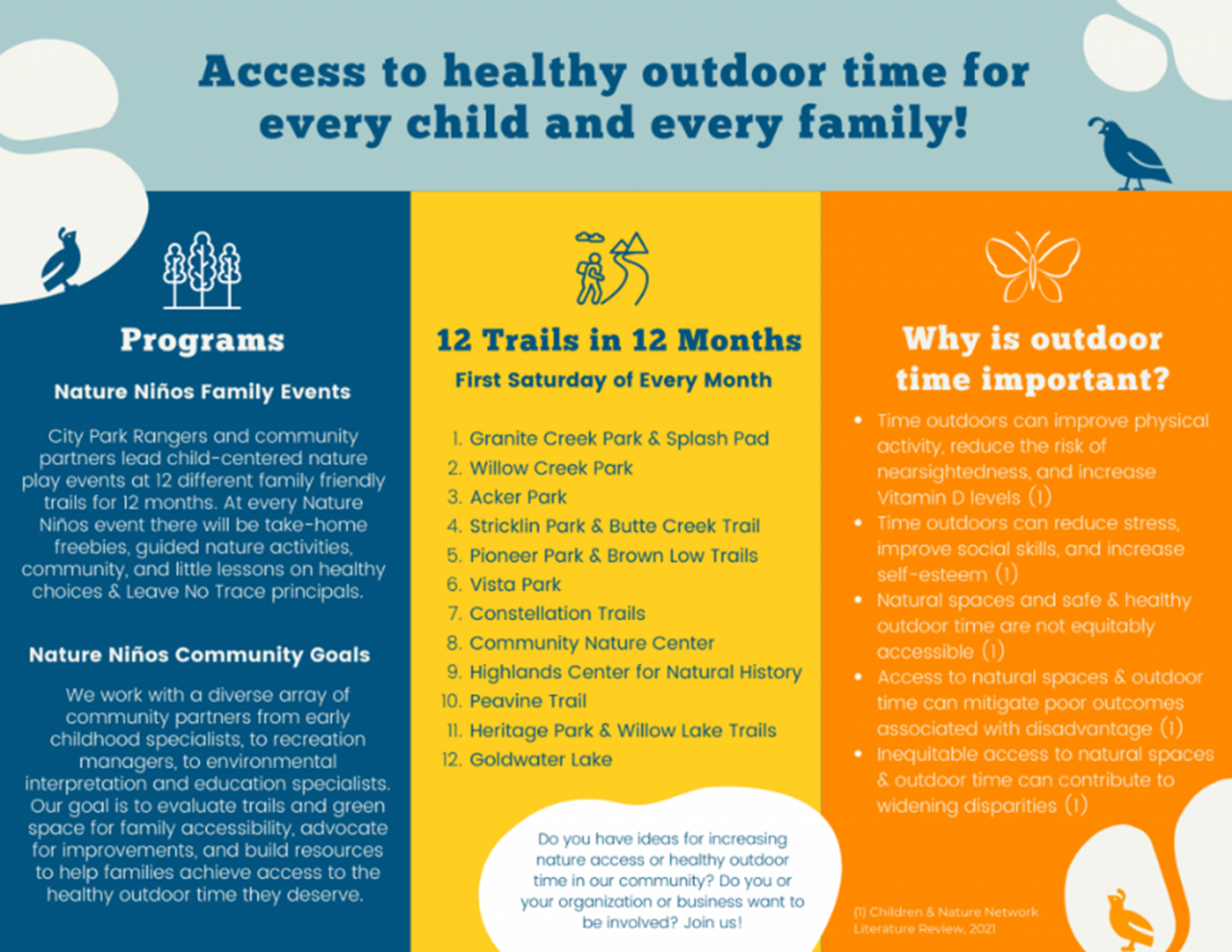As cities across the country have seen shifts in demographics for a wider spectrum of cultures and backgrounds, local leaders must ensure public spaces and programs are reflective of residents’ cultures. Local leaders are also encouraged to pursue strategic efforts to not only create inclusive programs but also ensure public spaces act as safe spaces to enjoy freely without fear of threat or harassment.
Anti-immigrant and refugee sentiments have visibly intensified over the past 10 years. This has included push back in response to the US accepting asylum-seekers from the Middle East, increases in anti-Asian hate crimes during the COVID-19 pandemic and derogative attitudes toward Black, Indigenous, and other people of color (BIPOC) generally. These growing attitudes come with a rise in hate crimes and harassment. In 2020 alone, the U.S. Department of Justice reported more than 15,000 reported hate crimes. This level of crime and harassment has also heightened immigrants’ fear when in the public realm reducing their likelihood to engage in public spaces, amenities and programs or feeling welcome to enjoy them.
City leaders across the country are already taking action in their communities.
Public Space Design with Somali and Hmong Residents (Saint Paul, MN)
The State of Minnesota reported the highest number of refugees per capita in the U.S. in 2018. The state, including the City of Saint Paul, continues to welcome many refugees, with about 20 percent of Saint Paul residents identifying as immigrants. In 2016, Saint Paul joined the Cities Connecting Children to Nature Initiative, a partnership between the National League of Cities and the Children and Nature Network. Saint Paul is recognized as having one of the most connected people-to-park cities in the country, with 99 percent of residents living within half a mile of a park. Despite this exceptional achievement, research has found racial disparities in park usage. Follow-up studies with communities discovered that people of color preferred to enjoy park and nature amenities as families, so the city launched “Nature Smart Libraries,” a hub for nature learning and exploration for families, youth and adults that includes nature-based programs, access to natural features and nature backpack lending for outdoor exploration. The City, YMCA of the Greater Twin Cities and the National Park Service ensured Hmong, Latino, Black and teen community liaisons were a part of the planning team that developed goals and strategies to better promote connection. The efforts led the team to learn that Somali residents have connections to animal husbandry from their cultural traditions. Hmong residents expressed the importance of agriculture and vegetable gardening, allowing for both to be integrated into park and nature programming.

Ensuring Community Engagement in Multiple Languages (San Francisco, CA)
The City of San Francisco, understanding that children having opportunities to connect with nature was a fundamental right, adopted a Childrens’ Outdoor Bill of Rights (COBOR) in 2014. A COBOR is a list of specific outdoor experiences that every child deserves. Knowing their city hosts a plethora of residents of various backgrounds, the City of San Francisco developed multi-language paper and online surveys in English, Spanish and Chinese for input from residents and partners to decide which nature-based experiences to prioritize for a San Francisco COBOR. The city narrowed down the list to 100 rights drafted originally from the public. The final San Francisco COBOR can be found here.
Formed in 2017, the San Francisco Children & Nature Collaborative is comprised of more than 30 government agencies, non-profit institutions, and community-based organizations and establishes a joint vision for advancing equitable access to nature for children. The collaborative and organizations work to ensure that children have opportunities to the rights laid out in the San Francisco COBOR.

Normalizing Multi-Language Programming & Marketing (Prescott, AZ)
Nature Niños Prescott is a bilingual intergovernmental initiative to improve equitable access to parks and trails for Spanish and English-speaking families with infants, toddlers, and young children through direct service, policy, and infrastructure change. Launched by the City of Prescott, Yavapai County Community Health Services, University of Arizona Cooperative Extension Agency-Yavapai, it is now composed of over 19 community partners from First Things First, Arizona’s early childhood agency, to Arizona Children’s Association, to environmental non-profits, and more.
A core aspect of Nature Niños Prescott is the free, bilingual, Spanish and English community programs for families with children ages 0-8 in the Greater Prescott Arizona Area. City Park Rangers and community partners with a strong understanding of child development lead child-centered outdoor programs and family education activities at a different family-friendly trail each month. Every Nature Niños event includes take-home freebies, developmentally appropriate nature activities, story times, site-specific scavenger hunts, lessons Leave No Trace, and healthy trail snacks.


The City’s website on Nature Niños is also the first bilingual website the City has published. The City hopes this is the beginning of more linguistic accessibility across all municipal departments.
For more information about connecting children with nature and park programming, contact the Cities Connecting Children to Nature Team at cccnteam@nlc.org,










